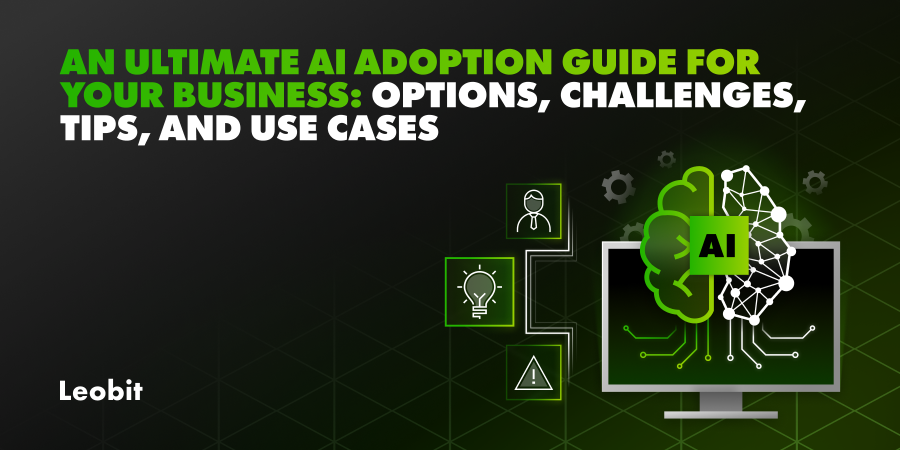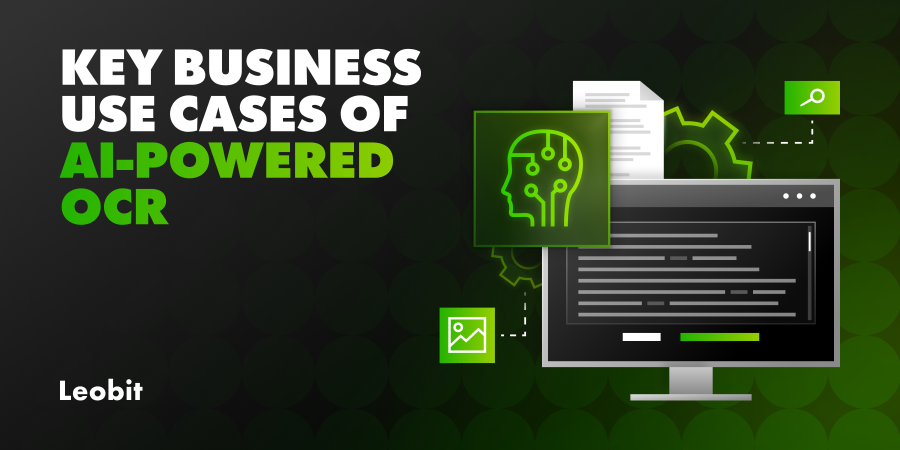Financial technology (or fintech) is changing the future of banking by the storm. McKinsey’s research shows that revenues in the fintech industry are expected to grow almost three times faster than those in the traditional banking sector between 2023 and 2028.
What’s driving this blazing-fast growth and adoption?
Fintech companies are addressing gaps and targeting areas within banking that traditional banks have overlooked, offering consumers easier access and better control and management of their finances. Powered by emerging technologies, namely GenAI and predictive analytics, fintech seamlessly integrates into everyday life through mobile apps and digital platforms, greatly enhancing convenience and accessibility.
So, what steps should traditional banks take to remain competitive?
In this article, we’ll explore the technologies that will shape the future of banking and fintech, providing real-life examples of how they’re transforming the financial landscape.
But before we proceed, let’s examine the current state of banking technology.


























